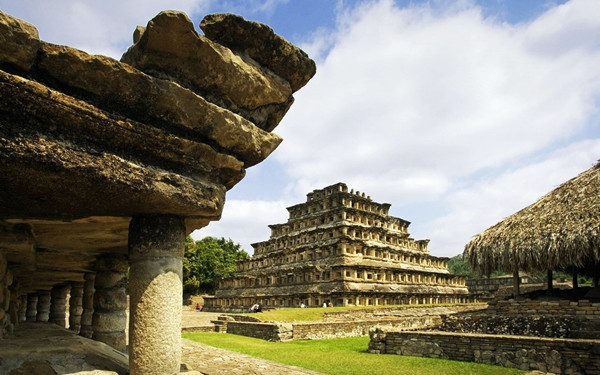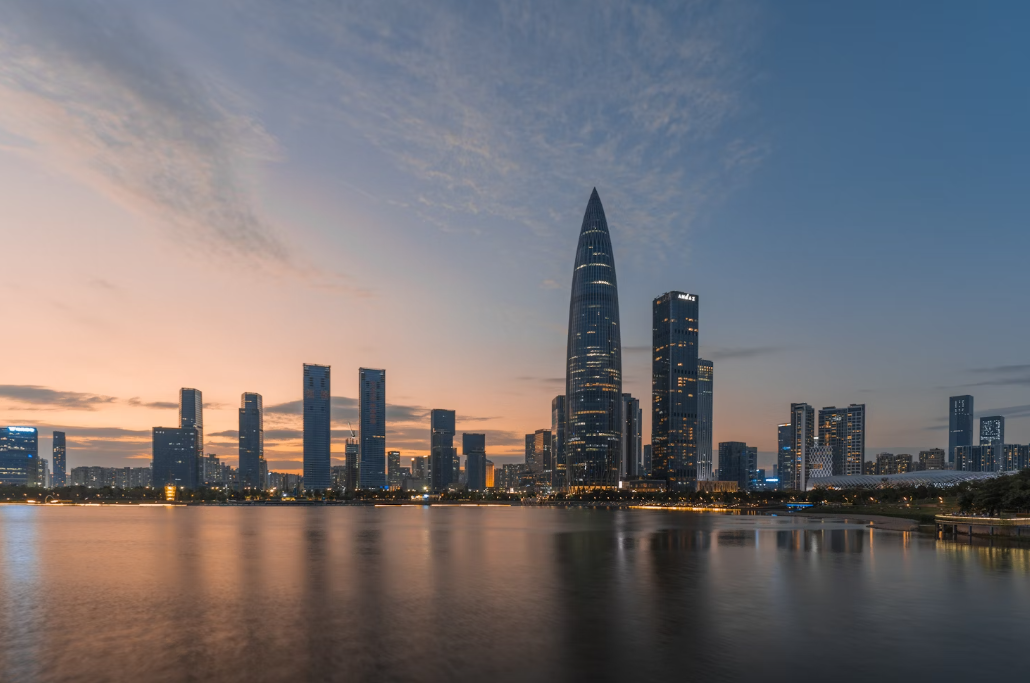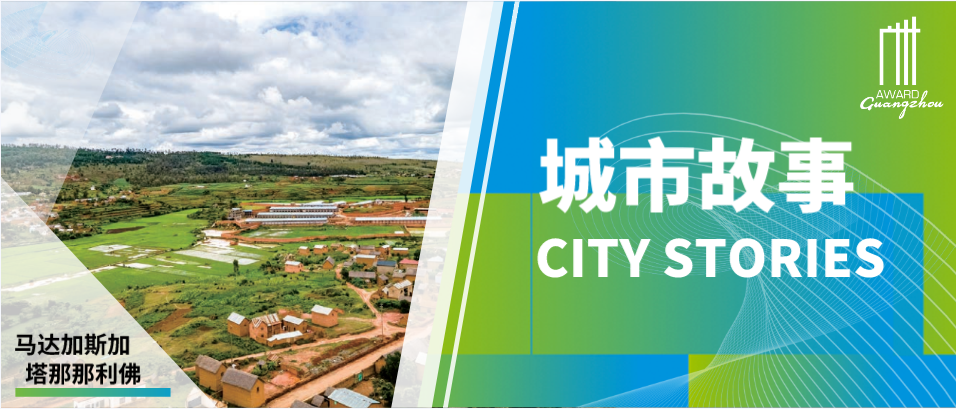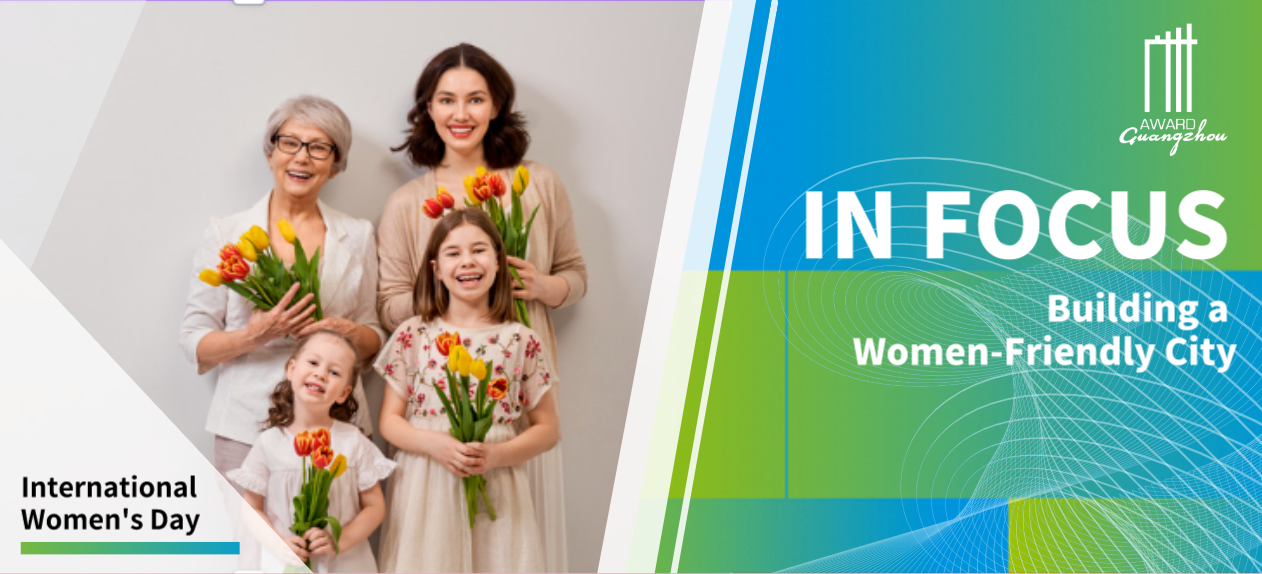Mexico City, Mexico
“Calle Completa” Línea 5 de Metrobús

Background Information
Metrobús was published on the Official Gazette of Mexico City with the purpose of fostering a safe and efficient mobility. The establishment of the corridors known as “Calle Completa” (Complete street) on the Official Gazette of Mexico City of October 2013 was the result of the success of Metrobús and the increased demand for transportation in the city. On the 2013-2018 General Development Plan of Mexico City, under its “Habitability and Services, Public Space and Infrastructure” section, it is stated that public transport is a common good that facilitates access to all activities in the City and therefore, its improvement is a major task. Mexico’s City Mobility Law recognizes pedestrian as a priority in public policies together with public transport and bicycles. It also promotes harmonious coexistence of public transport systems.
Goals of the Initiative
Objective: To redesign the road network in a comprehensive manner so as to make it accessible, safe and functional for all pedestrians, cyclists, public means of transport, transportation of goods and merchandise as well as for vehicles, reducing the construction time and impacts caused by this. In this respect, and taking the expansion of the BRT System Metrobús as the starting point, the planning of the first corridor called “Calle Completa”of Mexico City on Line 5 was elaborated. Sidewalks and crossroads were redesigned and rehabilitated in order to make them safe and accessible along the entire corridor, signage for pedestrians, cyclists and vehicles was set, including traffic lights for each sidewalk, which enhances the optimal use of these roads and increases safety for users. In addition, lighting was also improved; integration of recreational and sport areas located between the Metrobús lanes was achieved (functioning as a lineal park and reactivating social life).
Innovation for the Initiative
This is an evolutionary concept. Construction of previous Metrobús Lines were only focused on the road corridor, however, the complete street was perfected until achieving harmonious and safe coexistence among all actors on the streets. In this manner, a comprehensive project was generated, a project not only dedicated to roadways and confined lane of Metrobús but also to urban furniture, improvement of sidewalks, concrete curbs, public lighting, ramps for people with reduced mobility, signalization, public spaces and a ciclovia that was complemented by parking spaces for bicycles.
Outcomes and Assessments
The following major achievements have been obtained: Redesign and rehabilitation of 10 kilometers of the corridor where various means of transportation coexist; Improvement of the accessibility all along the corridor; Increase of road safety for vulnerable groups such as pedestrians (specifically for people with reduced mobility) and cyclists; Redesign of sidewalks for the comfort and safety of pedestrians; Improvement of lighting system to increase safety for the users of the corridor; Installation of 32 thousand luminaires, 12 plazas (100 percent accessible) interconnected with Metrobús stations, as well as 246 ramps along the corridor; Strengthening of urban fabric thanks to the integration of recreational and sport areas that work as a social meeting point; Replacement of 200 inefficient units of transportation with 56 Metrobús units that transport about 55 thousand users per day; With this, 10,000 tons of carbon dioxide emissions a year were reduced. A decrease of travel times in a 40 percent thanks to the confined lane of Metrobús; Installation of 50,000 m2 of sidewalks and 28 vertical gardens of 45 m2 each; Improvement of travel experience for pedestrians, cyclists and users of cars and public transportation; Promotion of a culture of respect and coexistence of street users.
-
 In Focus | The World Earth Day: Planet vs. Plastics
In Focus | The World Earth Day: Planet vs. Plastics -
 Urban Innovation in China | Shenzhen: How to Maintain Momentum to Achieve Carbon Peak by 2030 While Leading Green and Low-Carbon Development?
Urban Innovation in China | Shenzhen: How to Maintain Momentum to Achieve Carbon Peak by 2030 While Leading Green and Low-Carbon Development? -
 City Stories | Antananarivo, Madagascar: Building Resilience in the City Food System
City Stories | Antananarivo, Madagascar: Building Resilience in the City Food System -
 In Focus | International Women’s Day: Building a Women-Friendly City
In Focus | International Women’s Day: Building a Women-Friendly City























 Tel: +86 20 3780 4434
Tel: +86 20 3780 4434 Email: info@guangzhouaward.org
Email: info@guangzhouaward.org Address: Rm 1609, FuLiXinTianDi, No.307 Guangzhou Dadao Zhong, Yuexiu District, Guangzhou, Guangdong, 501600, PRC
Address: Rm 1609, FuLiXinTianDi, No.307 Guangzhou Dadao Zhong, Yuexiu District, Guangzhou, Guangdong, 501600, PRC




